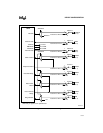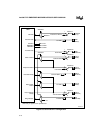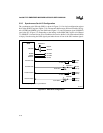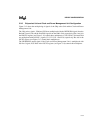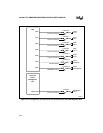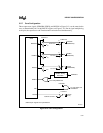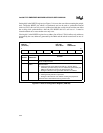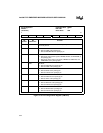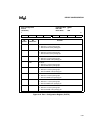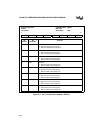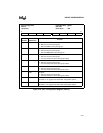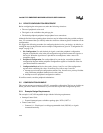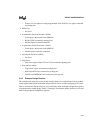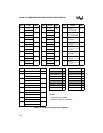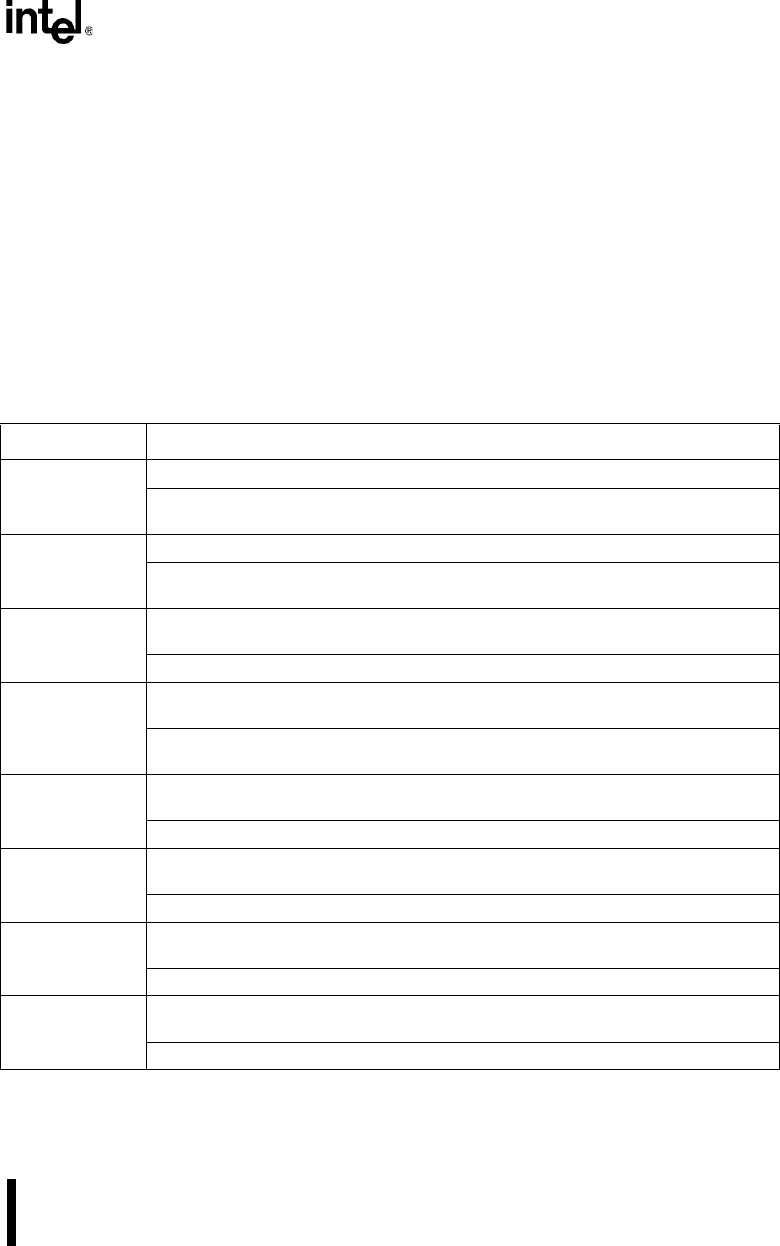
5-23
DEVICE CONFIGURATION
5.3 PIN CONFIGURATION
Most of the microprocessor’s package pins support two peripheral functions. Some of these pins
are routed to two peripheral inputs without the use of a multiplexer. These input-signal pairs are
listed in Table 5-3. The pin is connected to both peripheral inputs.
The remaining pins supporting two signals have multiplexers. For each such pin, a bit in a pin
configuration register enables one of the signals. Table 5-9 lists the bits in each of the four pin
configuration registers. These abbreviated register tables are discussed in “Configuration Exam-
ple” on page 5-28.
When configuring ports to use INT8 or INT9, first set the appropriate INTCFG bit, then the
P3CFG bit. Setting the bits in this order avoids any potential contention on INT8 or INT9.
Table 5-3. Signal Pairs on Pins without a Multiplexer
Names Signal Descriptions
DRQ0/
DCD1#
DMA External Request 0 indicates that an off-chip peripheral requires DMA service.
Data Carrier Detect SIO1 indicates that the modem or data set has detected the
asynchronous serial channel’s data carrier.
DRQ1/
RXD1
DMA External Request1 indicates that an off-chip peripheral requires DMA service.
Receive Data SIO1 accepts serial data from the modem or data set to the
asynchronous serial channel SIO1.
DSR1#/
STXCLK
Data Set Ready SIO1 indicates that the modem or data set is ready to establish a
communication link with asynchronous serial channel SIO1.
SSIO Transmit Clock synchronizes data being sent by the synchronous serial port.
RI1#/
SSIORX
Ring Indicator SIO1 indicates that the modem or data set has received a telephone
ringing signal.
SSIO Receive Serial Data accepts serial data (most-significant bit first) being sent to
the synchronous serial port.
TMRCLK0/
INT4
Timer/Counter0 Clock Input can serve as an external clock input for timer/counter0.
(The timer/counters can also be clocked internally.)
Interrupt 4 is an undedicated external interrupt.
TMRGATE0/
INT5
Timer/Counter0 Gate Input can control timer/counter0’s counting (enable, disable, or
trigger, depending on the programmed mode).
Interrupt 5 is an undedicated external interrupt.
TMRCLK1/
INT6
Timer/Counter1 Clock Input can serve as an external clock input for timer/counter1.
(The timer/counters can also be clocked internally.)
Interrupt 6 is an undedicated external interrupt.
TMRGATE1/
INT7
Timer/Counter1 Gate Input can control timer/counter1’s counting (enable, disable, or
trigger, depending on the programmed mode).
Interrupt 7 is an undedicated external interrupt.



